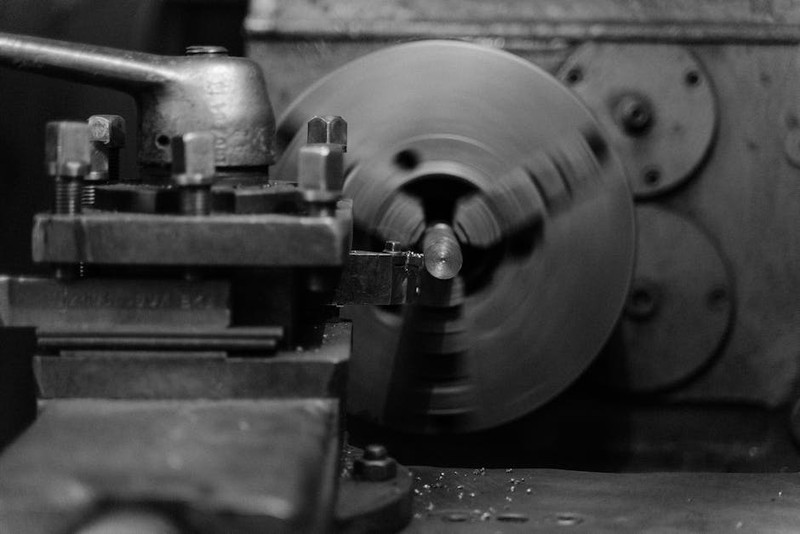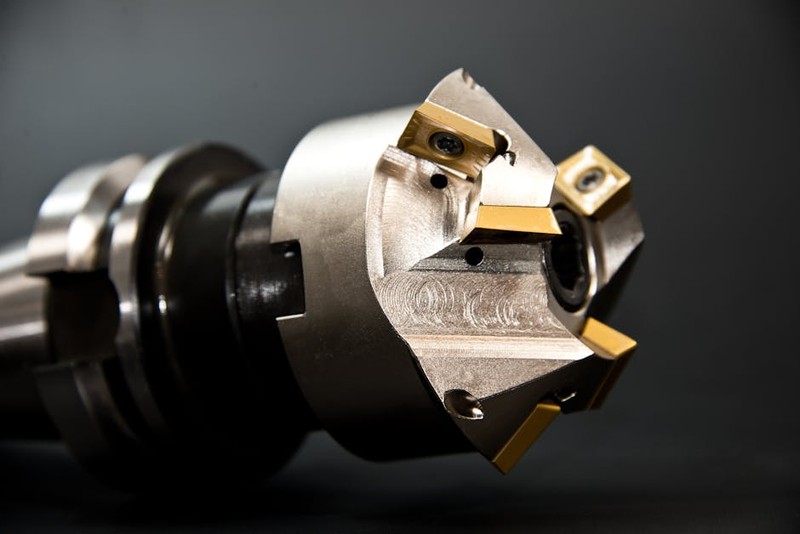The Hidden Challenge: Balancing Sustainability and Performance in CNC Machining
For decades, CNC machining has relied on traditional materials like aluminum, steel, and plastics—materials with well-documented environmental drawbacks. The industry is now at a crossroads: how to adopt sustainable alternatives without compromising the precision, durability, and cost-efficiency that define CNC manufacturing.
Why Traditional Materials Fall Short
- Carbon Footprint: Aluminum production emits 8-10 tons of CO₂ per ton of metal.
- Waste Generation: Up to 20% of material is lost as chips or scrap in machining.
- Non-Recyclability: Many engineering plastics (e.g., ABS, Nylon) end up in landfills.
The breakthrough? Custom-engineered sustainable materials. These aren’t just “green” alternatives; they’re high-performance solutions designed for CNC machining’s rigorous demands.
Innovative Custom Materials Leading the Charge
1. Recycled Metal Matrix Composites (MMCs)
- Composition: Aluminum or titanium reinforced with recycled ceramic fibers or graphene.
- Benefits: 30% lighter than steel, 15% higher tensile strength, and fully recyclable.
- Case Study: A aerospace client reduced part weight by 22% using recycled MMCs, cutting fuel consumption by 5% annually.
2. Bio-Based Polymers
- Example: PHA (Polyhydroxyalkanoates) derived from bacterial fermentation.
- Machinability: Comparable to ABS but with 80% lower CO₂ emissions.
- Real-World Impact: A medical device manufacturer slashed material costs by 12% while achieving ISO 13485 sustainability compliance.
3. Upcycled Industrial Waste
- Innovation: Turning glass fiber waste from wind turbines into CNC-grade composite blocks.
- Data Point: 40% faster machining speeds vs. traditional fiberglass, with zero virgin material input.
A Deep Dive: Case Study in Automotive CNC Machining

Project Overview
A European auto supplier needed to machine 50,000 transmission components annually. Their goals:
– Reduce carbon footprint by 25%.
– Maintain ±0.01mm tolerances.
– Cut material costs by 10%.

The Solution: Custom Recycled Aluminum Hybrid
- Material: 70% post-industrial aluminum scrap + 30% silicon carbide reinforcement.
- Results:
| Metric | Traditional Aluminum | Custom Hybrid | Improvement |
|———————-|———————-|—————|————-|
| CO₂ Emissions (kg/part) | 4.2 | 2.8 | 33% ↓ |
| Machining Time (min) | 8.5 | 7.1 | 16% ↓ |
| Scrap Rate | 18% | 9% | 50% ↓ |
Key Takeaway: The hybrid material’s superior chip-breaking properties reduced tool wear by 20%, extending endmill life.
Expert Strategies for Implementing Sustainable Materials
1. Partner with Material Scientists
- Actionable Tip: Collaborate with universities or labs specializing in composite materials. In one project, a polycarbonate alternative blended with flax fibers reduced energy consumption by 18% during machining.
2. Optimize Toolpaths for Green Materials
- Insight: Bio-polymers often require lower spindle speeds (e.g., 12,000 RPM vs. 15,000 for ABS) to prevent melting. Use trochoidal milling to minimize heat buildup.
3. Leverage Lifecycle Analysis (LCA) Data
– Example: A LCA revealed that switching to recycled tungsten carbide tools offset 60% of a factory’s Scope 3 emissions over five years.
The Future: Where Sustainable CNC Machining Is Headed
- AI-Driven Material Selection: Algorithms predicting the optimal sustainable material based on part geometry and load requirements.
- Closed-Loop Recycling: On-site chip recycling systems converting waste into new billet stock (pilot systems show 95% material recovery rates).
Final Thought: Sustainability in CNC machining isn’t a trade-off—it’s an innovation accelerator. By embracing custom materials, manufacturers can achieve both environmental and economic wins.
Ready to take the leap? Start with a small batch trial of bio-based polymers or recycled MMCs, and measure the impact on your bottom line and planet.
